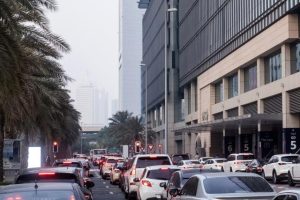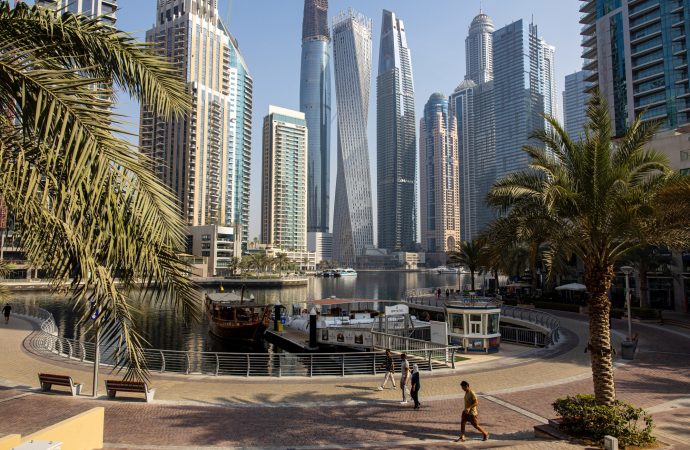Introduction After a sustained period of property fever, Dubai’s real estate market is now bracing for a slowdown. In this article, we delve into the factors contributing to this anticipated shift, explore the potential impacts on both buyers and sellers, and gain insights from Ms. Real Estate Analyst, a seasoned expert with a deep understanding
Introduction
After a sustained period of property fever, Dubai’s real estate market is now bracing for a slowdown. In this article, we delve into the factors contributing to this anticipated shift, explore the potential impacts on both buyers and sellers, and gain insights from Ms. Real Estate Analyst, a seasoned expert with a deep understanding of Dubai’s property market dynamics.
Factors Contributing to the Anticipated Slowdown
- Market Saturation: The red-hot phase has led to a surge in property developments, resulting in increased inventory and potential saturation, making it a more competitive market.
- Global Economic Factors: External economic factors, such as global economic uncertainties or shifts, can influence investor sentiment and impact the demand for real estate in Dubai.
- Regulatory Measures: Anticipated or recent regulatory measures, aimed at ensuring market stability, can contribute to a more measured and sustainable pace of growth.
Insights from Ms. Real Estate Analyst
Ms. Real Estate Analyst provides valuable insights into Dubai’s property market. According to her, the shift towards a slowdown is a natural phase in the market cycle, offering opportunities for recalibration and sustainable growth.
Potential Impacts on Buyers and Sellers
- Buyers: A slowdown could translate into more favorable conditions for buyers, with potentially stabilized or decreased property prices and a wider range of choices.
- Sellers: Sellers may face a more competitive market, necessitating strategic pricing and value-added propositions to attract buyers. However, it could also lead to more realistic valuations.
- Market Dynamics: A slowdown might foster a healthier and more balanced market, reducing the frenetic pace and allowing for more measured and sustainable growth.

Image by: https://s.yimg.com
Comparative Table: Red-Hot Phase vs. Anticipated Slowdown
| Aspect | Red-Hot Phase | Anticipated Slowdown |
|---|---|---|
| Property Prices | Rapid increase in property prices. | Potential stabilization or decrease in property prices. |
| Market Competition | High competition among buyers. | A more competitive market, potentially benefiting buyers. |
| Inventory Levels | Increased supply due to heightened development. | Continued high supply, potentially leading to market saturation. |
| Investor Sentiment | Positive investor sentiment. | Potential shifts influenced by global economic factors and regulatory measures. |
Strategic Considerations for the Future
- Adaptive Pricing Strategies: Sellers should consider adaptive pricing strategies, aligning with market conditions and potential shifts in buyer preferences.
- Buyer Opportunity: Buyers may find opportunities in a more measured market, exploring a wider range of properties and potentially benefiting from stabilized or decreased prices.
- Investor Resilience: Investors are encouraged to adopt a resilient approach, staying informed about regulatory changes and global economic trends that may impact Dubai’s real estate landscape.
Conclusion: Navigating Dubai’s Property Market Shifts
In conclusion, Dubai’s property market, after experiencing a red-hot phase, is poised for a slowdown. Ms. Real Estate Analyst emphasizes the importance of navigating these shifts strategically, both for buyers seeking opportunities and sellers adapting to a more competitive landscape. As Dubai’s real estate market recalibrates, stakeholders are encouraged to stay vigilant, embrace adaptability, and position themselves for sustainable growth in the evolving dynamics of one of the world’s most dynamic property markets.

















Leave a Comment
Your email address will not be published. Required fields are marked with *